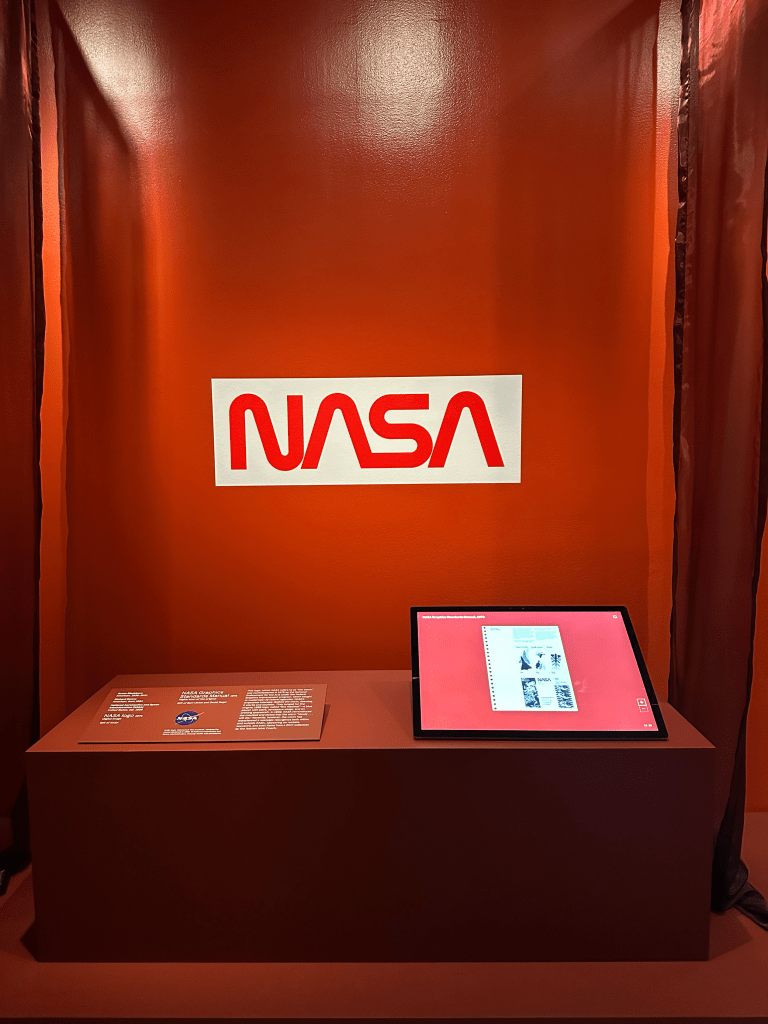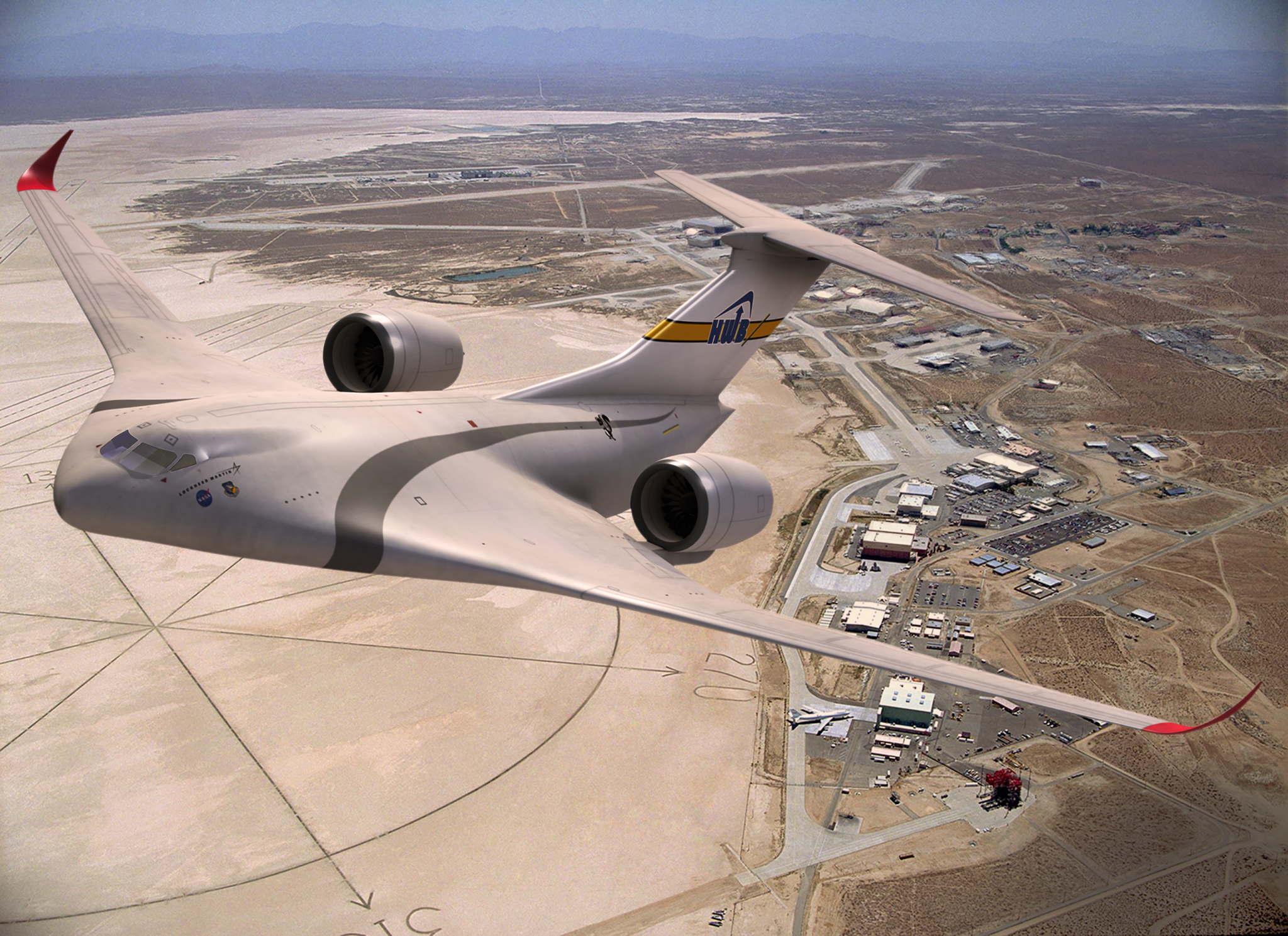Passengers quietly cruising in comfort across the country at supersonic speeds, subsonic commercial airplanes that look nothing like today’s classic tube-and-wing airliners, or aircraft equipped with electrically-powered propulsion.
It’s no flight of fancy. NASA is working with its government, industry and academic partners to design, build and test in the air a variety of experimental X-planes that will quicken the pace for one day turning those dreams into reality.
All of this is part of the agency’s New Aviation Horizons (NAH) initiative.
Begun in 2016, NAH seeks to validate in the air transformational innovations examined during the past few years for reducing fuel use, emissions, and noise by the way aircraft are designed, and the way they operate in the air and on the ground.
“I firmly believe we are the right place, at the right time, with the right technologies to open up a new era of aviation not seen since the beginning of the jet age,” said Jaiwon Shin, NASA’s associate administrator for aeronautics research.
Shin and other senior NASA aeronautics officials on Friday, June 9, will headline a Forum 360 panel about NAH at Aviation 2017, an annual conference sponsored by the American Institute of Aeronautics and Astronautics.
The two-hour presentation will originate from Denver and begin at 11:30 a.m. EDT. It will be livestreamed to the public at https://livestream.com/AIAAvideo/aviation2017.
“We hope to give everyone a picture of what we’ve accomplished so far, and a good sense of what’s still ahead with our X-plane plans,” said Richard Wahls, the strategic technical advisor for NASA’s Advanced Air Vehicles Program and moderator for the panel.
Topping the list of topics to be covered is an update on the Low Boom Flight Demonstrator (LBFD), a planned half-scale supersonic X-plane to validate designs in which the sonic boom created by faster-than-sound aircraft is barely heard on the ground.
The goal of the LBFD update is to provide data that could enable a change in current regulation prohibiting supersonic flight over land. If the ruling is changed, a whole new market for supporting commercial supersonic air travel could be opened.
A team led by Lockheed Martin already is working toward a preliminary design review for the LBFD targeted for late June. That work has included supersonic wind tunnel tests of a scale model at NASA’s Glenn Research Center in Cleveland.
Details of the preliminary design, known as QueSST – short for Quiet Supersonic Technology – eventually will be shared with qualified companies interested in bidding on the construction and testing of the LBFD X-plane itself, which could see its first flight in 2021.
In terms of subsonic X-planes, NASA is examining several design concepts to test, with the intent to fly one demonstration at a time, one after the other, as the budget allows.
To that end, NASA in 2016 awarded six-month contracts to four companies, asking them to define the technical approach, schedule, and cost for one or more subsonic X-plane concepts.
One design feature common among a couple of the concepts includes a blended wing body (BWB), in which the shape of the aircraft become one continuous line, making the seam between the wing and fuselage nearly indistinguishable.
As an aerodynamic shape, the BWB has been proven to increase lift and reduce drag.
Another concept getting a hard look by several companies is one in which the aircraft’s engines are mounted atop the fuselage at the rear of the aircraft. This configuration takes advantage of the drag-reducing features of boundary layer ingestion, or BLI.
At its simplest, BLI is when air flowing over the aircraft body becomes part of the mix of air going into the engine and is then accelerated out the back. This reduces the total drag the aircraft experiences in flight, which helps reduce fuel use by the engines.
Electric propulsion also figures prominently in NASA’s X-plane plans for NAH. While larger aircraft ideas are still a few years away from getting the green light for construction and testing, those later designs will be informed by the X-57 Maxwell.
The general aviation-sized aircraft will feature 14 electric motors turning propellers integrated directly into a unique wing design. Its goal is to demonstrate a 500 percent increase in high-speed cruise efficiency, zero in-flight carbon emissions, and flight that is much quieter for the community on the ground.
Flight testing of the aircraft over NASA’s Armstrong Flight Research Center in California is targeted to begin in 2018. Ground tests of the key electric propulsion components have gone well.
The X-57 is NASA’s first flight test aircraft to receive an X-plane number designation in more than a decade.




































